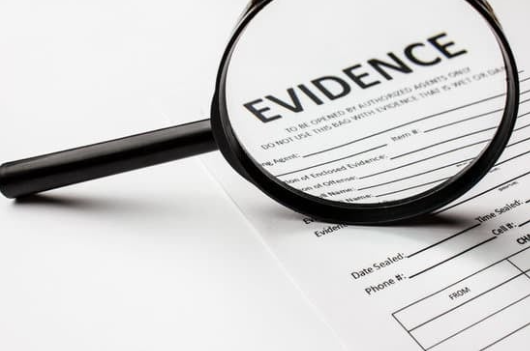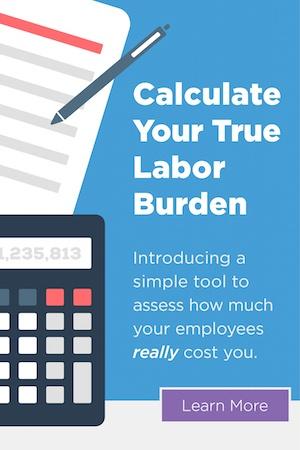The U.S. Supreme Court recently ruled in the case of E.M.D. Sales, Inc. v. Carrera, that employers only need to meet the lower “preponderance of the evidence” standard to show that employees fall under an exemption to the Fair Labor Standards Act’s (FLSA) minimum wage and overtime requirements. This decision simplifies the process for employers and eliminates confusion caused by contradicting standards used in different courts.
What Is the FLSA?
The FLSA sets the labor standards that apply to most private-sector employers and government entities. While its protections have benefited employees, this law has often been confusing for employers, especially when it comes to exemptions.
The Case at Hand
In this specific case, E.M.D. Sales, a food distributor, faced a lawsuit from sales representatives who argued that they were improperly denied overtime pay. The company claimed that these employees were exempt under the FLSA’s outside-salesman provision.
The dispute revolved around which standard of proof must be met by the employer:
- “Clear and convincing evidence” is the higher standard of proof, which requires evidence that is highly and substantially more likely to be true than not.
- “Preponderance of the evidence” is the lower standard of proof, which is used in most civil cases and only requires showing that something is more likely true than not. This still means that more than 50% of the evidence must be validating.
In the original trial, the court ruled against E.M.D. Sales, holding the company to the higher “clear and convincing” standard.
Supreme Court’s Reversal
The Supreme Court unanimously reversed the decision, confirming that the “preponderance of the evidence” standard applies to FLSA exemption cases. Justice Brett Kavanaugh emphasized that this is the default standard in civil cases unless explicitly required otherwise.
This ruling establishes a consistent national standard, reducing the risk of legal issues that can come from different interpretations.
What This Means for Employers
The Supreme Court’s decision is a win for employers. By reaffirming the “preponderance of the evidence” standard, the Court has made it easier for employers to defend their classification of employees as exempt under the FLSA.
Please keep in mind that the ruling doesn’t mean employers should become complacent and must still comply with exemption requirements.
Here’s What Employers Should Do to Stay Proactive
- Constantly review job descriptions and classifications to make sure they meet the criteria for exemptions under the FLSA.
- Maintain records of job duties and pay structures to help support exemption claims.
- Keep up with changes in state labor laws that may impose stricter requirements than federal law.
Looking Ahead
The recent rulings show an interpretation of the FLSA that is more employer friendly and helps defend misclassification claims. By putting best practices in place, employers can navigate the complexities of the FLSA with greater clarity. UniqueHR stays up to date with these rulings to help our clients stay compliant. If you would like a free consultation to learn how UniqueHR can assist your business, please feel free to contact us at 800.824.8367.


